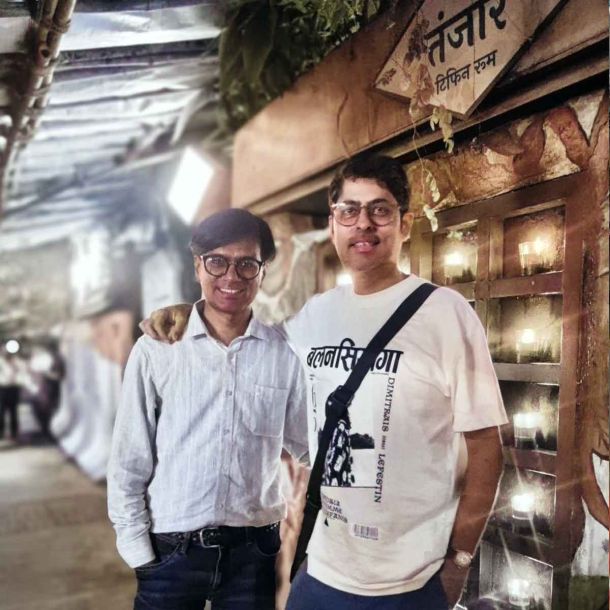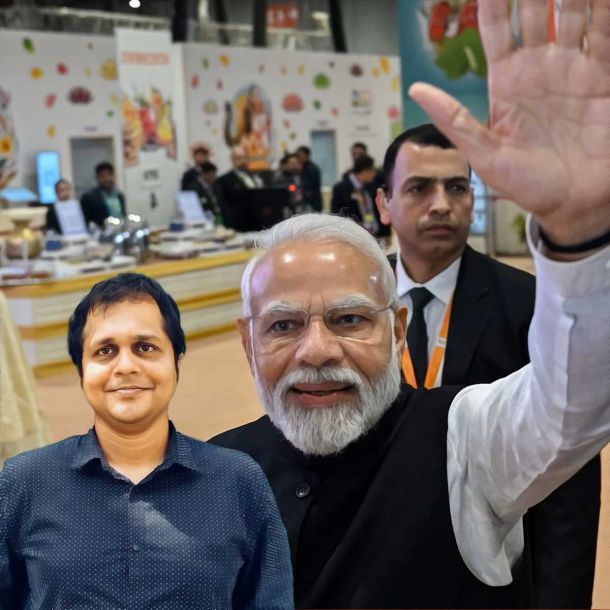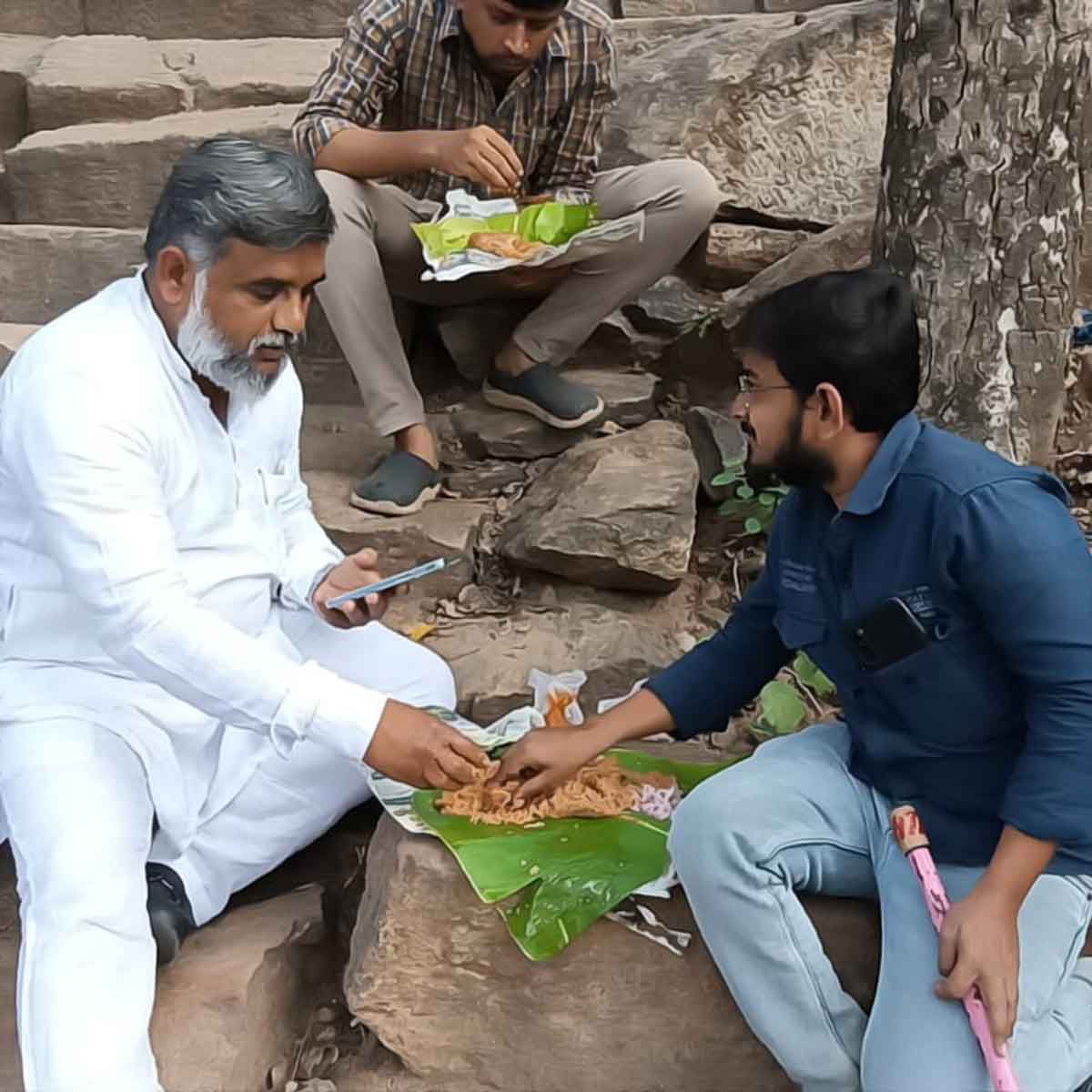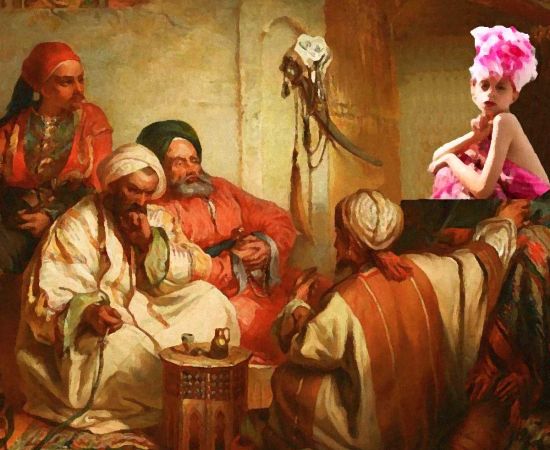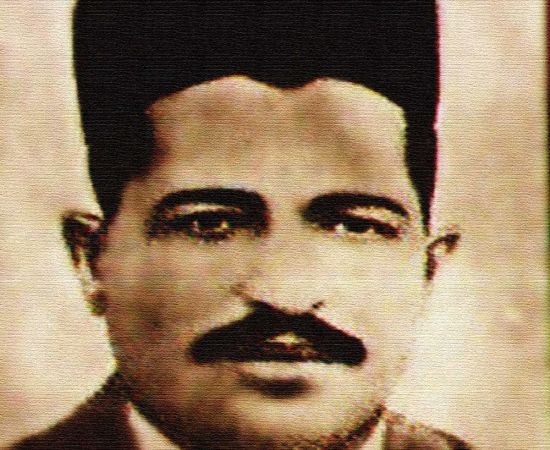More Coverage
Twitter Coverage
JOIN SATYAAGRAH SOCIAL MEDIA
"जालसाज़": MP High Court punished a journalist with a Rs 25,000 fine for misusing PIL to target a temple on Yashwant Niwas Road, Indore, citing vested interest, lack of evidence, and selective intent instead of genuine public concern, dismissing his plea
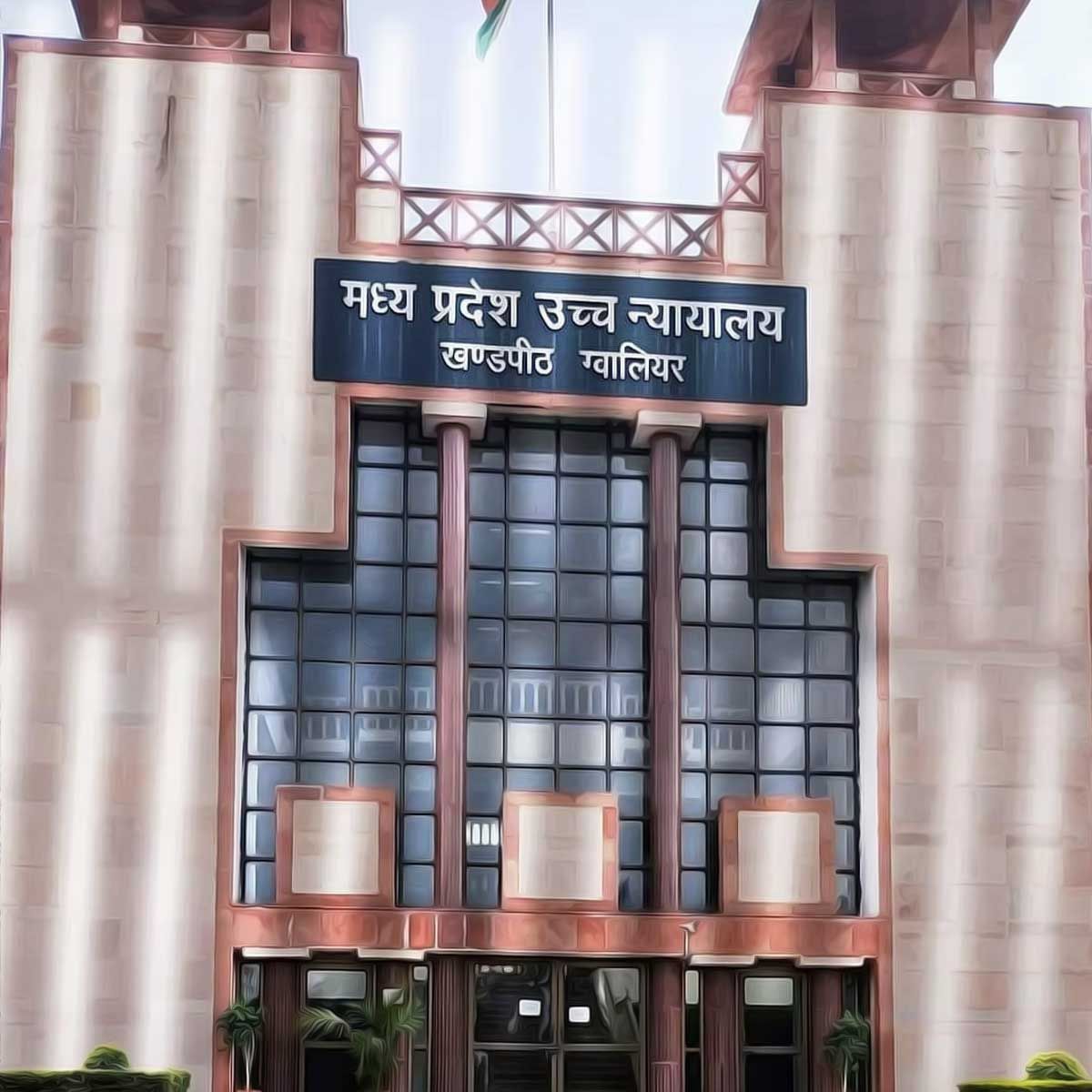
On January 23, the Madhya Pradesh High Court dismissed a petition seeking the removal of a temple located on Yashwant Niwas Road in Indore. The court's stance was unequivocal—the petitioner had no compelling reason or justification for his demand. In a firm rebuke, the court imposed a penalty of Rs 25,000 on the litigant, who identified himself as a journalist. The bench asserted that the petitioner had a "vested interest" in the property in question, which likely motivated his plea for the temple’s removal.
In a detailed ruling, the Indore Bench of the Madhya Pradesh High Court emphasized that the petitioner had failed to demonstrate how the removal of this temple served the public interest. The judges observed that there was no evidence of broader concern over illegal religious structures. Instead, the petitioner seemed fixated on targeting this one temple. Consequently, the court found his claims unconvincing and rejected the request to review its previous dismissal of his PIL.
Furthermore, the bench pointed out that if the petitioner had genuine concerns about illegal constructions of religious sites, he should have broadened his challenge to include all unauthorized religious structures—whether they were on government land or built without proper permissions. The court emphasized that selective targeting of a single religious site undermined the credibility of his public interest claim.
The court explicitly stated:
"The petitioner is not a resident of nearby places of Yashwant Niwas. He has not disclosed as to why he is only targeting one temple at Yashwant Niwas Road in public interest. Being a Journalist, he ought to have conducted a survey in Indore or Madhya Pradesh about all the illegal constructions before filing this PIL. Therefore, such a petition cannot be treated as Public Interest Litigation when the petitioner is interested only in one temple. It appears that he has some vested interest in it. We do not find any mistake apparent on the face of the record in the order passed by the Division Bench to exercise the power of review."
The court’s reasoning highlighted that the petitioner, as a journalist, bore a higher responsibility to conduct thorough research before bringing such a case to court. His failure to undertake a comprehensive survey of illegal religious constructions across Indore or the broader state of Madhya Pradesh weakened the legitimacy of his PIL.
This case was not the first time the petitioner faced judicial scrutiny. An earlier PIL filed by him had already been dismissed by the High Court. At that time, the court had remarked that the petitioner could not be recognized as a social worker with standing to file a public interest petition. The court’s stance remained consistent, reinforcing the principle that public interest litigation must be driven by genuine social concerns, not personal motives or selective grievances.
While reviewing the case details, the Madhya Pradesh High Court highlighted that the petitioner, who identified himself as a journalist, had targeted the removal of a specific temple located on Yashwant Niwas Road, Indore. His petition included 25 respondents, of which 20 were associated with the Manmohan Parshavanath Jain Shwetamber Mandir Evam Guru Mandir Trust, either as its president or trustees. Despite such a detailed list of respondents, the petitioner failed to provide a strong justification for why he sought the removal of only this particular temple.
The court questioned the petitioner's selective focus, emphasizing that a genuine concern about illegal religious constructions would require a more comprehensive approach. In its observation, the court asserted, “If petitioner is aggrieved by illegal construction of religious places, then he ought to have challenged all the religious structures constructed either on government land or without permission.” The court emphasized that public interest demands consistency and impartiality. It pointed out that focusing on one site alone hinted at personal motives rather than a broader public cause.
After thoroughly examining the petition, the court found no error in the previously dismissed order. The division bench categorically noted that the case had already been decided on its merits. The petitioner failed to demonstrate any "error apparent on the face of the record" that would justify a review. Consequently, the court not only upheld its earlier ruling but also imposed a fine of Rs 25,000 on the petitioner for filing a meritless review petition.
Justice Vivek Rusia and Justice Gajendra Singh further reiterated their concerns regarding the petitioner's lack of impartiality. The bench observed, “The petitioner is not a resident of nearby places of Yashwant Niwas. He has not disclosed as to why he is only targeting one temple at Yashwant Niwas Road in public interest. Being a Journalist, he ought to have conducted a survey in Indore or Madhya Pradesh about all the illegal constructions before filing this PIL. Therefore, such a petition cannot be treated as Public Interest Litigation when the petitioner is interested only in one temple. It appears that he has some vested interest in it. We do not find any mistake apparent on the face of the record in the order passed by Division Bench to exercise the power of review.”
The review petition stemmed from the petitioner's dissatisfaction with the dismissal of his initial Public Interest Litigation (PIL), which sought the removal of the temple built in 2012 on Yashwant Niwas Road. However, the division bench reaffirmed its stance, referencing a precedent set by the Supreme Court in State of Uttaranchal v/s Balwant Singh Chaufal and Others (2010). In that case, the Supreme Court had clarified the criteria for filing PILs, emphasizing that petitioners should be social workers with a genuine interest in public welfare. The Madhya Pradesh High Court bench applied this reasoning, determining that the petitioner did not qualify as a social worker capable of invoking the public interest writ.
Moreover, the court pointed out that disputes involving encroachments require a full examination of evidence, which cannot be resolved merely through a writ petition. As a result, the High Court deemed the petitioner’s claims unfit for PIL proceedings and dismissed the case based on established legal principles.
The petitioner, in his review petition, argued that the court had incorrectly applied the precedent set by the Supreme Court in State of Uttaranchal v/s Balwant Singh Chaufal and Others (2010). He claimed that the Madhya Pradesh High Court had misinterpreted the guidelines established by the Apex Court in that judgment. Despite his assertions, the court firmly disagreed with his stance.
The court emphasized that the petitioner, who presented himself as a journalist, had filed the writ petition concerning only one religious structure—the temple located at Yashwant Niwas Road, Indore. The judges pointed out that such a narrowly targeted plea undermined the principles of public interest litigation. The petitioner had included 25 respondents, with respondents 6 to 25 being members of the Manmohan Parshavanath Jain Shwetamber Mandir Evam Guru Mandir Trust, yet failed to present evidence of any broader concern for unauthorized religious constructions.
In its observations, the court reiterated, "If petitioner is aggrieved by illegal construction of religious places, then he ought to have challenged all the religious structures constructed either on government land or without permission." The selective nature of the petitioner's complaint cast doubt on his motives and suggested a vested interest in the removal of this specific temple rather than a genuine public concern.
The court further referred to another landmark judgment by the Supreme Court in Haridas Das v/s Usha Rani Bank (Smt.) & Others (2006) to support its decision. In this case, the Supreme Court had clarified that a review petition is not an opportunity to reargue a case but is limited to correcting errors that are apparent on the face of the record. Applying this principle, the division bench noted that no such error existed in the petitioner’s case. The court asserted that the petitioner was "under the guise of review... challenging the order passed by this Court, which is under review." This misuse of the review mechanism further weakened the credibility of his petition.
The court maintained that the earlier decision had been reached after a thorough examination of the facts and legal merits. It reiterated, “In the present case the petitioner has not been able to point out any error apparent on the face of the record, on the contrary this Court has decided the case on merits.” Based on this reasoning, the judges dismissed the review petition.
In addition to dismissing the plea, the court imposed a cost of Rs 25,000 on the petitioner. The amount was directed to be deposited in the account of the Legal Aid Services Authority, Indore, as a measure to discourage the misuse of judicial resources for personal or frivolous purposes.
The case was titled Hemant Malviya Versus The State of M.P. and Others, filed under Review Petition No. 1081 of 2024.
 Support Us
Support Us
Satyagraha was born from the heart of our land, with an undying aim to unveil the true essence of Bharat. It seeks to illuminate the hidden tales of our valiant freedom fighters and the rich chronicles that haven't yet sung their complete melody in the mainstream.
While platforms like NDTV and 'The Wire' effortlessly garner funds under the banner of safeguarding democracy, we at Satyagraha walk a different path. Our strength and resonance come from you. In this journey to weave a stronger Bharat, every little contribution amplifies our voice. Let's come together, contribute as you can, and champion the true spirit of our nation.
 |  |  |
| ICICI Bank of Satyaagrah | Razorpay Bank of Satyaagrah | PayPal Bank of Satyaagrah - For International Payments |
If all above doesn't work, then try the LINK below:
Please share the article on other platforms
DISCLAIMER: The author is solely responsible for the views expressed in this article. The author carries the responsibility for citing and/or licensing of images utilized within the text. The website also frequently uses non-commercial images for representational purposes only in line with the article. We are not responsible for the authenticity of such images. If some images have a copyright issue, we request the person/entity to contact us at This email address is being protected from spambots. You need JavaScript enabled to view it. and we will take the necessary actions to resolve the issue.
Related Articles
- SC bench of Justices Chandrachud and AS Bopanna rules in favor of Muslim petitioner: “Don’t exclude non-Hindus from auction process for shop leases in temple”
- Plea of MP Navneet Rana and husband MLA Ravi Rana to quash FIR for the gruesome and heinous crime of reciting Hanuman Chalisa outside Matoshree dismissed by Bombay HC: Justices stated that it was devoid of merit
- No evidence to tie Dinesh Yadav to violence, intention assumed based on him being Hindu: Anti-Hindu riots by Muslim community that shook the capital city of India and analysis of the conviction
- Madras High Court: Do not take decision on melting Temple gold till Trustees are appointed
- Why Hindus not claiming their temples back from the Government control: Is pro-Hindu govt will always be in power
- "Tradition on Trial: Festivity Faces the Bench": A judicial spark ignites communal debate on tradition as the Kerala High Court orders raid of all religious places to seize illegal crackers; says no holy book commands bursting firecrackers to please God
- "The cost of false justice: a childhood lost": In an unsettling twist of justice, even minors aren't spared from the misuse of SC-ST Act, “I request CM & DCM to explain the meaning of POCSO, Atrocity, & assault cases filed against us”, asks an 8-yr-old
- Only Dhimmis can be a good Hindu – An article on Shekhar Gupta’s ThePrint argues ‘defending namaz’
- 5 lakh kg of temple jewellery has been melted so far, DMK government planning to melt even more
- "अच्छा": Despite serious allegations, the court granted interim bail to Meeran Haider, a PhD student who orchestrated the 2020 anti-Hindu Delhi riots, mobilizing crowds and coordinating violence across 20 sites, revealing deep-seated plots against CAA-NRC

